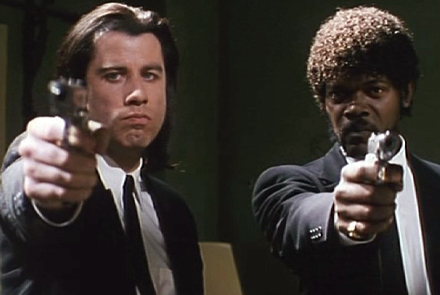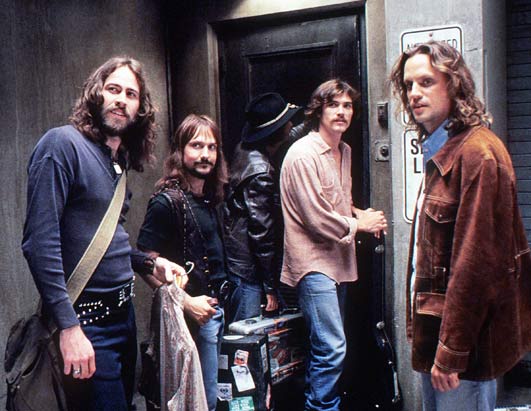By the 1990s, film had become a paranoid industry. Because of its sole focus on safe investments, studios were no longer interested in taking chances on questionable material. It was all about making films that were guaranteed to be a success. Films such as Terminator 2: Judgment Day (1991), Last Action Hero (1993), Speed (1994) and True Lies (1994) were just some of the films that were being marketed and released during this time. According to Sharon Waxman, author of ‘Rebels on the Backlot’, these films were designed to be audience friendly, marketable enough to have toy tie-ins, and to be able to guarantee a sequel of some kind. It was also a time that witnessed a tremendous advancement in technology. CGI (Computer Generated Imagery) was innovative and fresh and, as a result, was being exploited by film because audiences demanded and wanted to witness the unbelievable (much like the current explosion of 3-D).
However, studios began to get ahead of themselves. As budgets rose out of control and the content of the films were ‘dumbed’ down (most of these films could only be related to by the lowest common denominator fan), audiences quickly began to grow tired of this sort of movie making. Yes, the films were fun and explosive but they were mindless. Character and plot took a back seat to celebrity movie stars and loud explosions.
It was during this time of the ‘high concept film’ era ofHollywoodthat independent filmmaking finally hit its high note. In 1994, independent film had been thriving but had not yet been able to find its niche within the realm ofHollywood. That all changed when ‘Pulp Fiction’ (1994-directed by Quentin Tarantino) was released. This film was remarkable for many reasons, but perhaps its most important attribute was in its ability to finally provide a distinct identifiable voice for independent cinema. ‘Pulp Fiction’ allowed for the industry to explode into something original and fresh and, as a result, forced Hollywood to alter their method of filmmaking. The film became the tenth highest grossing film of the year and, at the time, the most successful independent film ever.
As independent film prospered,Hollywoodhad become mired in a slump. There once popular and profitable action films were failing on many ends. According to James Robert Parish, author of ‘Fiasco: A History of Hollywood’s Iconic Flops’, films like Waterworld (1995) and Cutthroat Island (1995) were being expensively produced but were failing to break even. Studios careless spending on surefire hits was backfiring. To make matters worse (because of the enormous success of the indie film), actors were willing to forgo their hefty paychecks (for the blockbusters they normally appeared in) in order to appear in smaller films (According to Sharon Waxman, they were hoping this type of move would garner them award nominations-there were certainly no film acting awards being presented to the action films at this time).
The studios were in damage control. Their fail-safe method of film production was self-destructing and they were losing a tremendous amount of money as a result. With the unimaginable success of the ‘indie film’,Hollywoodunderstood what they had to do.Hollywoodturned their backs on the expensive action films (for awhile anyways) and scrambled to exploit the success garnered by ‘Pulp Fiction’. Soon, the major studios began to create art-house divisions on their filming lots (like Fox Searchlight and Paramount Classics-the 1970s were being nostalgically reproduced during this time, twenty years later). As a result, an entirely new slew of directors emerged within the independent realm, such as David Fincher (Seven), Paul Thomas Anderson (Boogie Nights), Spike Jonze (Being John Malkovich), and a countless array of others.
So where does this leaveHollywoodnow? Well, the tug of war that has been occurring since the late 1960s has, in a way, finally ended. Yes, there are films out there with massive marketing tie-ins and sequel friendly plots, but the art-house companies that were created in the 1990s still mostly exist. The studios now realize the importance of independent cinema and continually release films on a regular basis (albeit, in many fewer theatres). Hollywood is all about financial success, but it has slowly become aware of the importance of art as well. In a way, the studios have compromised with the artists, which has led to the creation of many important films as a result.



